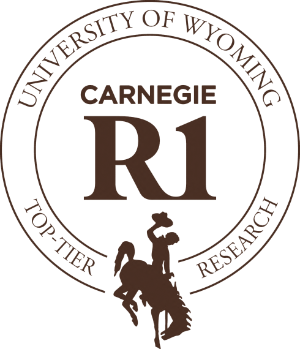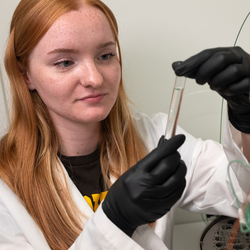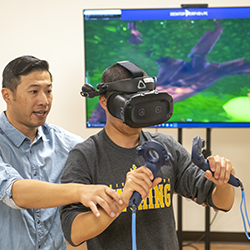Research & Economic Development
In early 2025 the University of Wyoming achieved Research Level 1 (R1) status from the Carnegie Classification of Institutions of Higher Education, placing Wyoming's only four-year university in the rarefied air of the top research universities in the United States. This prestigious designation recognizes our commitment to groundbreaking research, academic excellence, and impactful discoveries that benefit Wyoming and the world. The Research and Economic Development Division (REDD) at UW serves as a catalyst to advance the university's knowledge enterprise through research, service, and innovation. Providing rich experiential learning opportunities, REDD enriches the experience of UW students and supports innovation and economic growth across Wyoming. Our commitment to the pursuit of knowledge and innovation remains a foundation for progress and prosperity throughout the state.










